Strength training for running: Could it boost your performance?
Experts weigh in on the best ways to practice strength training for running
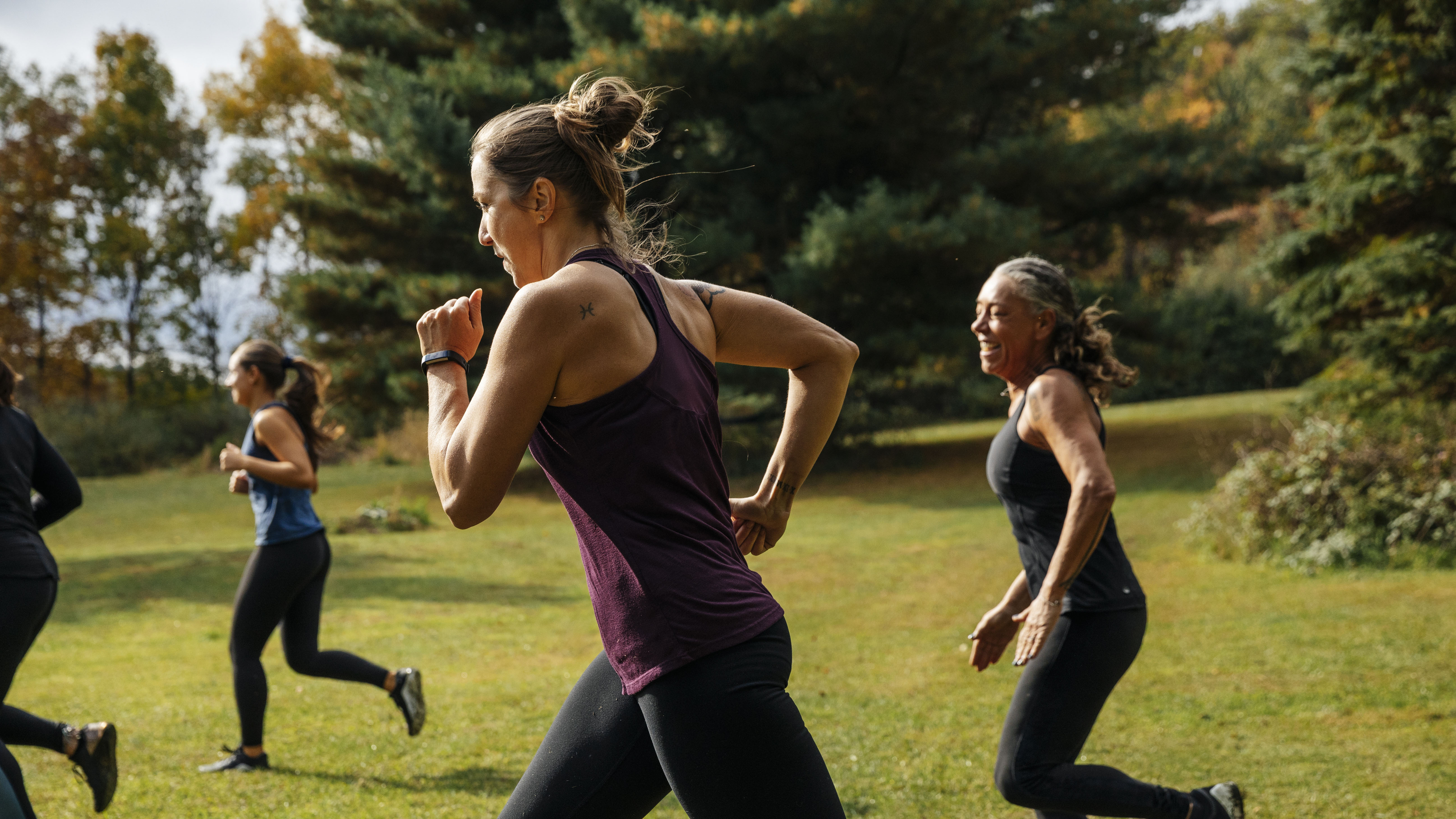
The science is still far from conclusive but there is a growing body of evidence that strength training for running can improve economy, performance and injury prevention.
Whether you are a recreational park runner, elite marathon runner or just enjoy training on the best treadmills, strength work is a beneficial exercise to incorporate into your weekly regime. But how much strength training will make a difference is a contentious issue.
Chartered physiotherapist Nathan Liddle, who is conducting PhD research into injury prevention for runners, says scientific study findings remain mixed but as a clinician he believes all runners should be doing strength work.
“There is some research showing running economy can be improved by strength training which should make for better runners,” he says.
Here we explain the latest research and expert advice when it comes to strength training for running.

Nathan Liddle is a lecturer of Physiotherapy at Teesside University in the UK. He is a HCPC registered Physiotherapist, and an Associate Teaching Fellow. He is also studying a PhD exploring the benefits of injury prevention programmes for runners. As well as his academic career, Nathan has an extensive portfolio of clinical experience. He spent eight years working at Middlesbrough Football Club and has extensive experience of working with other elite athletes including boxers, runners, and gymnasts.
Should runners do strength training?
A 2020 study published in the American Journal of Sports Medicine found that recreational runners who did not follow a foot strengthening exercise regime were 2.42 times more likely to get a running related injury than those who did.
And a 2018 systematic review of strength training published in Sports Medicine found that strength training did improve running economy and speed for middle and long distance runners. This included heavy resistance training and explosive resistance training. Researchers concluded that two to three strength sessions a week would provide the most benefit.
Eliza Flynn, a certified personal trainer, agrees that strength training glute, calf and quad muscles can increase a runner’s speed by enabling them to generate more force to push of the ground.
“Stronger muscles and good running form also allow you to run for longer without tiring. The more muscle you have the better your ability to withstand biomechanical loading and maintain your gait when running longer distances,” she adds.

Eliza Flynn is a qualified personal trainer and sports masseuse. Her aim is to help busy people build enjoyable exercise into their lifestyle and move with confidence. Running plays an important mental health role in Eliza's life and she's keen to lace up her trainers again after the recent birth of her third child, and get others involved too.
What kind of strength exercises should runners do?
“The evidence on what sort of strength training runners should do is sparse. There are so many variables like whether you are running on track, road or trail, the duration and the intensity. I don’t think anyone has found a magic bullet of strength training for all runners to do,” explains Liddle.
Instead it is best to seek advice from a running coach or strength and conditioning coach and to take a multi modal approach with a mixture of sessions to cover all bases.
This includes some slower resistance work plus quick plyometric work. Make sure you throw in a mixture of heavier weights with less repetitions and lower weights with more repetitions to create a balanced program.

There's some debate on whether or not strength training for running should encompass the whole body or just focus on the legs. Currently the research focuses on lower limb strengthening but there is no harm in also working on the core and upper body particularly if you are running long distances.
And you should consider working on one leg at a time along with exercises like squats.
“If we can improve tissue tolerance of the lower limb it should have a knock on effect on injury prevention and performance. There is a lot of value in single leg work because when you run you spend a large proportion of time on one leg,” says Liddle.
Not all strength training requires gym membership or weights. Using some of the best resistance bands and your own body weight can be very effective. Flynn recommends these exercises to get started:
Single leg squat
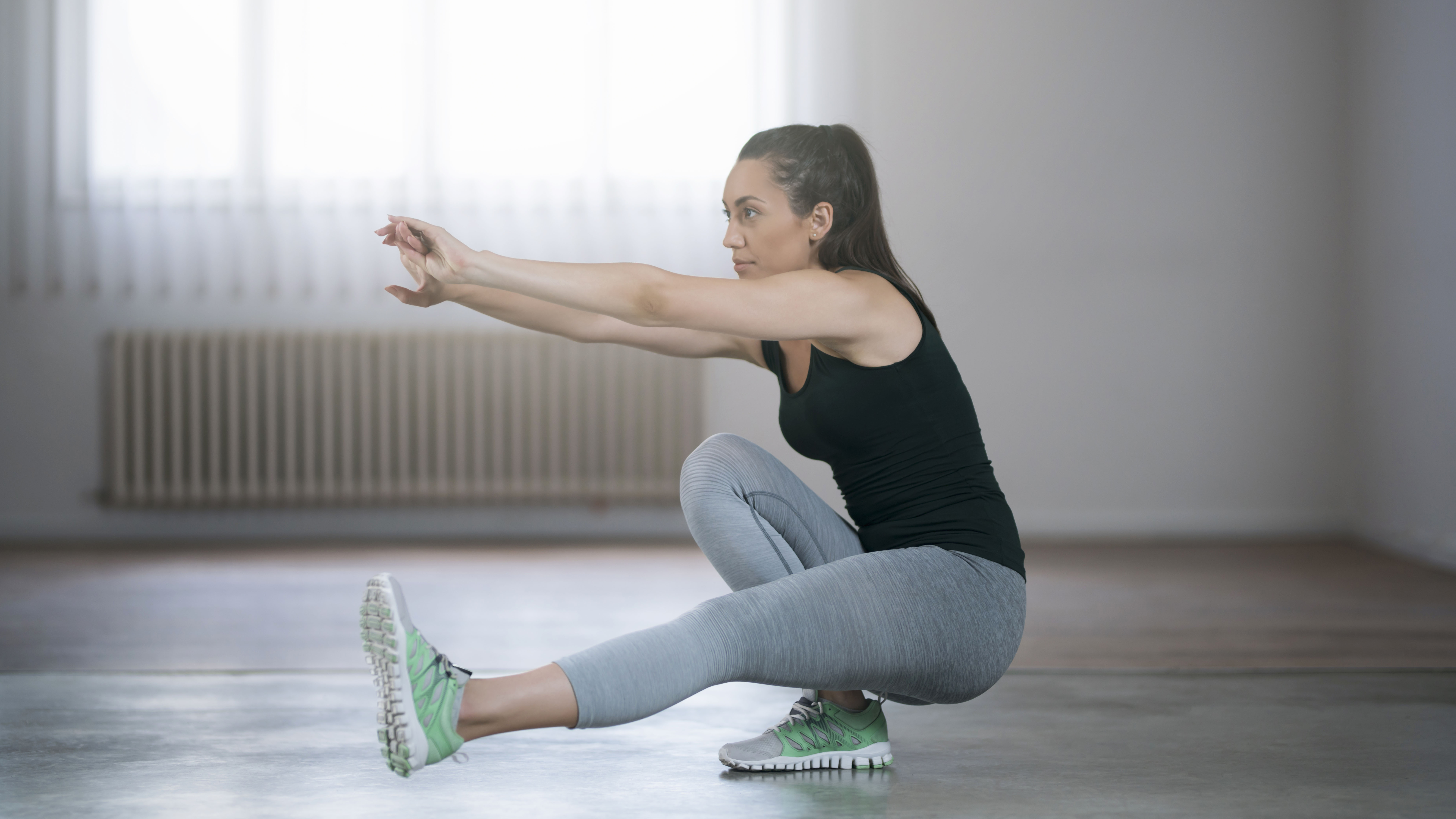
Lift one foot either out in front of you or behind. Spread your toes for balance but avoid gripping the ground. Keeping your chest proud, send your hips backward as far as you can as you squat down. Exhale to return to your starting position.
"Running is a single leg movement yet so many runners don’t think about strengthening each leg separately. A single leg squat helps you address any major imbalances in strength, as well as improving balance and foot strength," says Flynn.
Reverse lunge
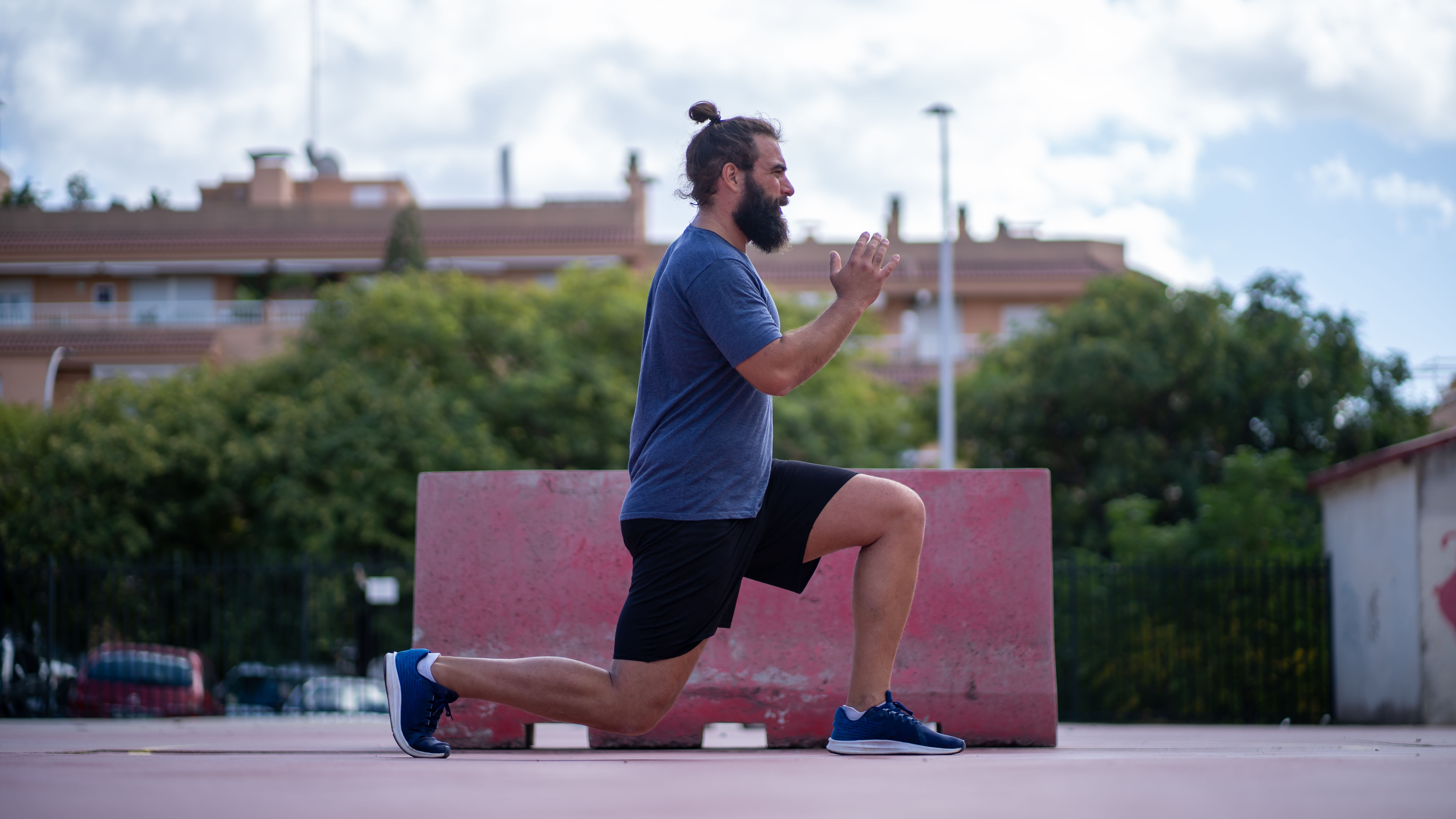
From a standing position, take a large step backwards and sink down so knees are roughly at 90 degrees. Exhale and push off your back foot to return to standing. Repeat with the other side.
Flynn says: "Reverse lunges improve balance and body awareness, as well as strength. Plus you can add a great deal of variety to them. Start with the basics, then progress and experiment by adding in weights, a rotation, sliding discs, or bands.
Side plank
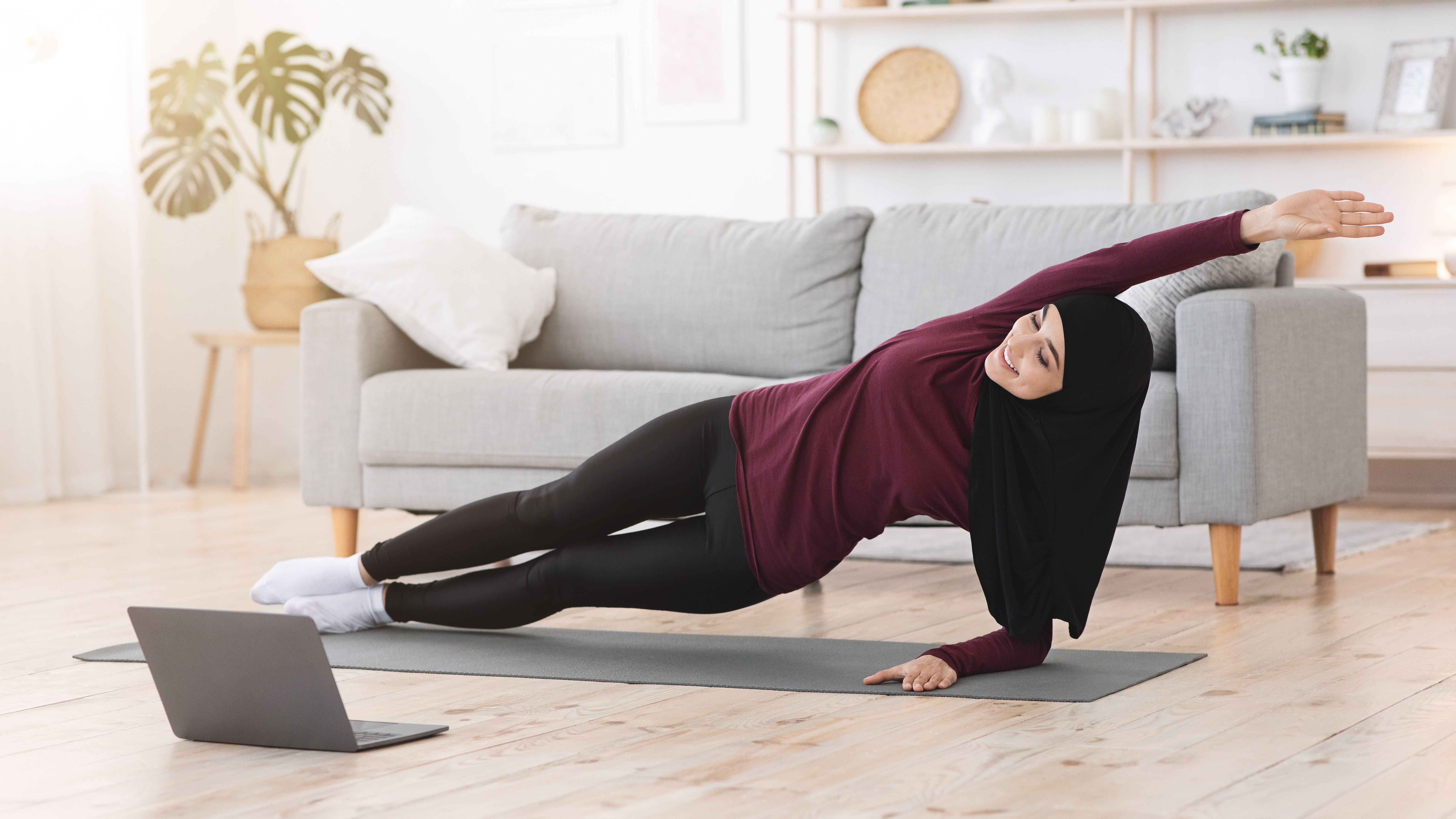
Start on your side with one foot stacked over the other. Position your elbow under your shoulder. Engage your core, squeeze your glutes and press through your elbow to lift yourself off the ground. If you’re just starting out, hold here for 20 seconds and build up your time slowly. Make you repeat on the other side.
"When running, you need a strong core to control the counter rotation of your upper body and lower body," Flynn explains. "Build up strength by increasing your duration and adding movement such as dips or rotation. "
Calf raises
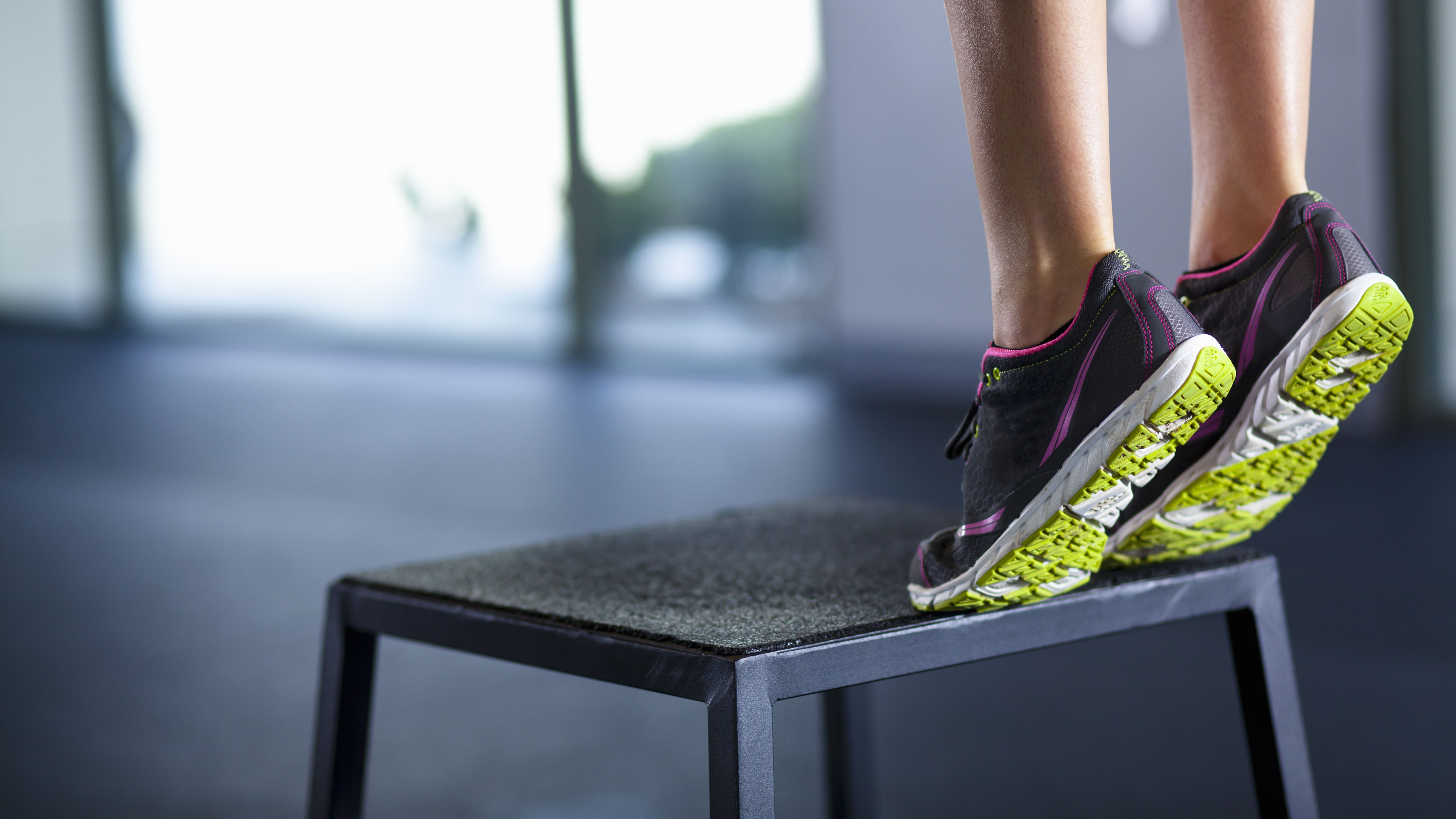
For standard calf raises, start with feet hip width apart and knees soft. Transfer your weight to your toes and lift your heels as high as you can off the ground. With control, take them back to your starting position and repeat.
"Most people believe training quads and glutes will improve the amount of force you can generate but don’t underestimate calf power. During running the calf muscle is responsible for generating the most force," says Flynn.
Should runners cross train?
Many running injuries are caused by overtraining so swapping a run for another activity can be an effective way to manage training load.
Spinning, swimming and using an elliptical trainer will all work the cardiovascular system and improve fitness but avoid the repetitive action of pounding the streets, says Liddle.
Cross training can also provide a mental and physical break from the repetition of running, particularly if you find something you enjoy.
"Yoga is a great supplement to running. It is ideal for mobility and stretching, as well as awareness of breathing. Swimming is a great low impact, cardiovascular workout and cycling gives you the benefit of a cardio workout without the impact. Walking is often overlooked as exercise but it helps to build endurance and gently stresses the bone, muscle and connective tissue. It is perfect as an active recovery," adds Flynn.
This article is not meant to offer medical advice and readers should consult their doctor or healthcare professional before adopting any diet or exercise regime.
Get the world’s most fascinating discoveries delivered straight to your inbox.
Lily Canter is a freelance money, health and lifestyle journalist with more than 20 years' experience. She writes about fitness for Fit+Well, Tom's Guide, T3, South China Morning Post, Runner's World and Trail Running magazine. She focuses on personal finance for Yahoo! Finance UK, Metro, The Guardian, and loveMONEY. In her spare time she is an ultra-runner, canicrosser and UK Athletics running coach. She also co-hosts the award-winning podcast Freelancing for Journalists.

